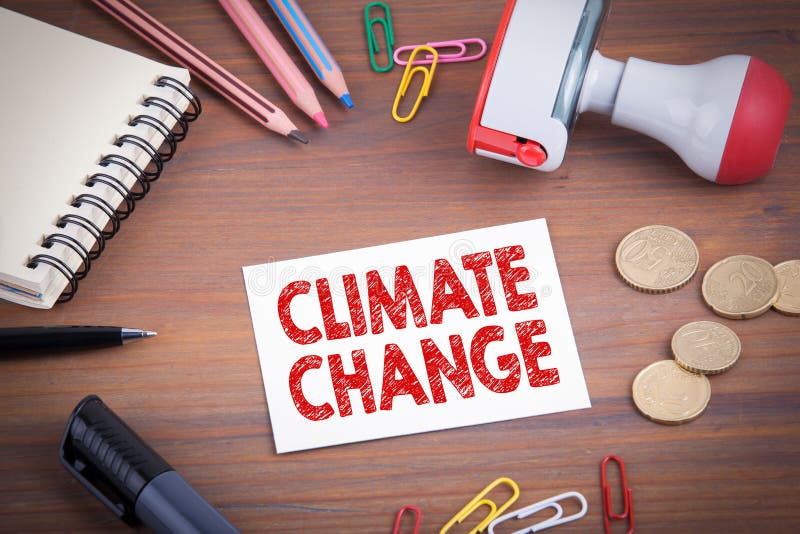As torrential rains continue to wreak havoc across Australia, many are finding themselves caught in a financial downpour. With a third consecutive La Niña and a recurring negative Indian Ocean Dipole on the horizon, it’s crucial to explore how these climate phenomena, and the overarching issue of climate change, can impact your financial stability and opportunities, especially when it comes to managing mortgages, loans, and property investments.
Cracking the Climate Code
Experiencing a third La Niña in consecutive years is an extraordinary event, something that hasn’t been witnessed for generations. Prior occurrences of ‘three-peats’ were documented in 1954–57, 1973–1976, and 1998–2001. Similarly, the reappearance of back-to-back negative Indian Ocean Dipole events is a rare spectacle, the likes of which haven’t been seen since 1960.
During La Niña, Pacific equatorial winds gain strength, elevating the chances of above-average rainfall in Australia during spring and summer. Simultaneously, a negative Indian Ocean Dipole event witnesses warmer waters in the eastern Indian Ocean and moisture-rich air moving toward our continent.

Climate’s Financial Impact
Recent weeks have seen the negative Indian Ocean Dipole (IOD) intensify, typically leading to increased rainfall in southern Australia during the winter-spring period. This brings cooler daytime temperatures in the south and warmer conditions up north.
Professor Hamish McGowan, an expert in atmospheric and climate change research at UQ, points out that a negative Indian Ocean Dipole’s impact peaks during Australia’s spring months. The process involves warm water situated northwest of Australia and cooler water in the far western Indian Ocean. This warm water promotes moisture transfer into the atmosphere, which then flows down through Central Australia and into the southeast, resulting in concentrated rainfall over southeastern Australia.
Financial Solutions in the Rain
Amidst these weather uncertainties, homeowners and investors should consider proactive financial strategies. While refinancing might seem like an obvious choice, it’s worth noting that adjusting your mortgage terms can provide relief during rainy financial seasons, potentially reducing monthly payments.
Mortgage brokers play a key role in navigating such times. These experts can help you explore loan options tailored to your needs, offering insights into securing the most favorable interest rates available in a shifting economic and climate change-impacted climate.
For property investors, considering weather-related risks is paramount. While property investment can be a lucrative endeavor, it’s crucial to evaluate a location’s vulnerability to flooding, rising sea levels, and other climate change-related factors before making any decisions.
Key Takeaway
In conclusion, staying financially secure amidst unpredictable weather patterns and the broader implications of climate change requires adaptability and informed decision-making. With refinancing, mortgage brokers, loans, interest rates, and property investments all connected to your financial well-being, it’s wise to remain vigilant. The key is to understand how climate change trends can affect your region and to make informed choices accordingly.
Remember, just as the weather changes, so should your financial strategies. By staying ahead of the curve and preparing for potential storms and the impacts of climate change, you can ensure that your financial future remains resilient, regardless of what Mother Nature throws your way.
Reach out to us now to safeguard your financial future. We are here to help you navigate the challenges and seize the opportunities that come your way. Get started today and secure a brighter financial tomorrow!

